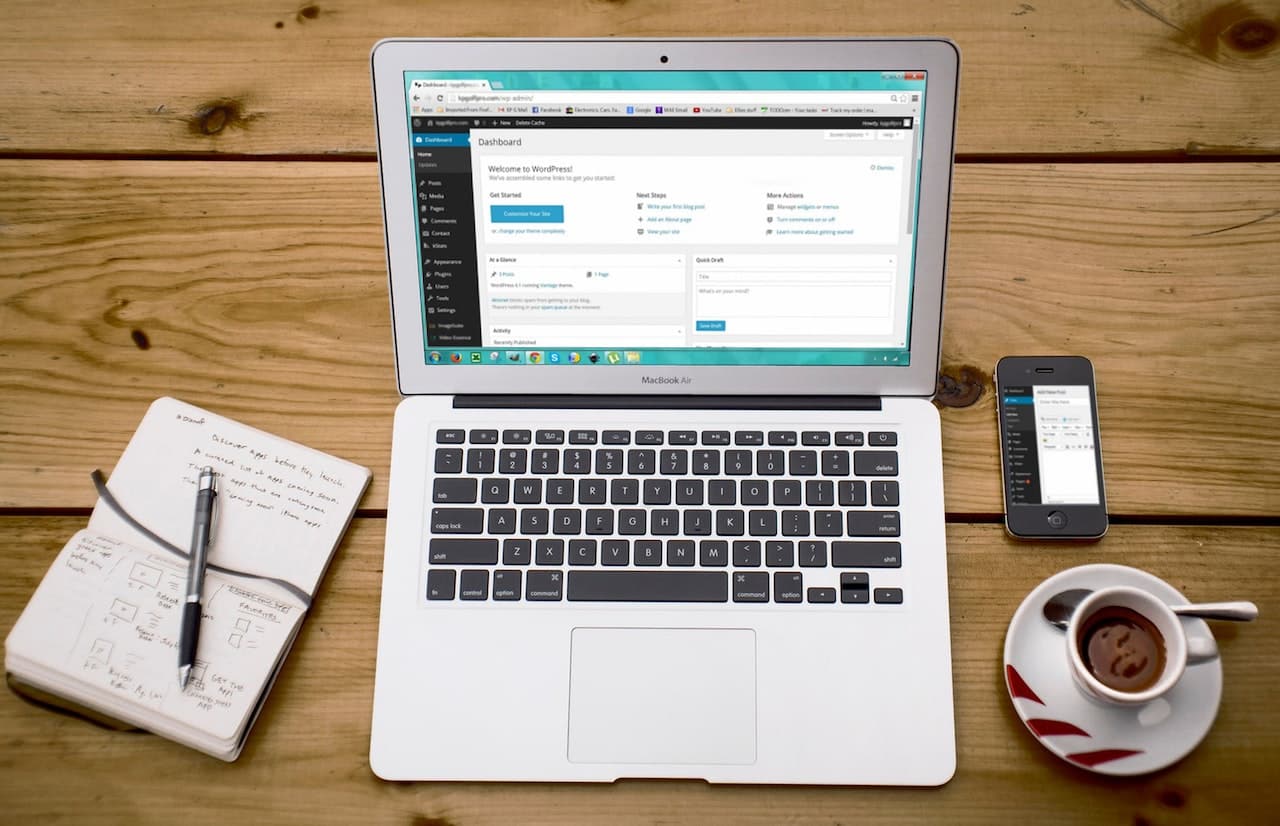Are you facing issues when installing WordPress? We know how it feels because, like any software, WordPress can encounter issues during installation that may hinder the process. I wrote this guide to explore some common problems that users may face when installing WordPress and provide troubleshooting tips to help you overcome them.
Server Requirements
Before diving into the installation process, ensuring that your server meets the minimum requirements for running WordPress is crucial. These requirements include:
| Requirement | Minimum |
|---|---|
| PHP Version | 7.4+ |
| MySQL Version | 5.6+ |
| Web Server | Apache or Nginx |
| Disk Space | 1GB+ |
If your server does not meet these requirements, you may encounter issues during installation or experience performance problems later. It’s essential to check with your hosting provider or system administrator to ensure compatibility.
Downloading WordPress
Download the latest WordPress version from the official website (https://wordpress.org) to begin the installation process. Once downloaded, extract the files from the zip archive.
If you encounter any issues while downloading or extracting the files, ensure a stable internet connection and sufficient disk space on your computer.
Database Configuration
During the installation process, WordPress requires a database to store all your website’s data. To configure the database settings correctly:
- Create a new MySQL database using phpMyAdmin or any other database management tool provided by your hosting provider.
- Note the database name, username, password, and host, as you will need them during installation.
- Open the
wp-config.phpfile in your extracted WordPress folder using a text editor. - Locate the following lines of code:
define('DB_NAME', 'database_name_here');
define('DB_USER', 'username_here');
define('DB_PASSWORD', 'password_here');
define('DB_HOST', 'localhost');
- Replace
'database_name_here'with your actual database name,'username_here'with your database username,'password_here'with your database password, and'localhost'with your database host. - Save the changes and close the file.
If you encounter any issues during this process, double-check the accuracy of the information you entered. Ensure the database credentials are correct and the database server is accessible.
File Permissions
File permissions are crucial in WordPress installation and can cause issues if not set correctly. The recommended file permissions for WordPress are:
| File/Directory | Permission |
|---|---|
| wp-config.php | 600 |
| /wp-content/ | 755 |
| /wp-content/themes/ | 755 |
| /wp-content/plugins/ | 755 |
To set file permissions, you can use an FTP client or a file manager provided by your hosting provider. Right-click on the file or directory, select “Permissions” or “CHMOD,” and enter the appropriate numeric value.
If you encounter permission-related issues during installation or face errors like “Unable to create directory” or “Unable to write to file,” ensure that the correct permissions are set for each file and directory.
Installation Wizard
Once you have completed all the necessary preparations, it’s time to run the WordPress installation wizard. To do this:
- Upload all extracted WordPress files to your web server using an FTP client or a file manager.
- Visit your website’s URL in a web browser (e.g.,
http://yourdomain.com) to start the installation process. - Select your preferred language and click on the “Continue” button.
- The next screen will prompt you to enter your database connection details. Ensure that you enter the correct information you noted down earlier.
- Click on the “Submit” button to proceed.
WordPress will connect to your database and set up the necessary tables if everything is configured correctly. Once the installation is complete, you will be prompted to provide a site title, username, password, and email address for your WordPress admin account.
Common Installation Issues and Solutions
Blank Page or Error Messages
A blank page or error messages during installation could indicate a problem with your server configuration or compatibility issues with PHP modules. Here are some steps to troubleshoot this issue:
- Check your server’s error logs for any specific error messages that can help identify the problem.
- Ensure that your server meets the minimum requirements for running WordPress (as mentioned earlier).
- Turn off any conflicting plugins or themes by renaming their respective directories in
/wp-content/plugins/or/wp-content/themes/. - Increase PHP memory limit by adding
define('WP_MEMORY_LIMIT', '256M');to yourwp-config.phpfile.
Database Connection Errors
If you encounter errors related to database connection during installation, it could indicate incorrect database credentials or an inaccessible database server. Here’s what you can do:
- Double-check the accuracy of the database name, username, password, and host in your
wp-config.phpfile. - Ensure that your database server is running and accessible from your web server.
- Test the database connection using a tool like phpMyAdmin or a simple PHP script.
File Permission Issues
File permission issues can prevent WordPress from creating necessary files and directories during installation. To resolve this problem:
- Verify that the correct file permissions are set for all WordPress files and directories (as mentioned earlier).
- Use an FTP client or a file manager to change the permissions if necessary.
- Contact your hosting provider for assistance if you are unsure about the correct permissions.
Installing WordPress should be straightforward, but encountering issues is not uncommon. Following the troubleshooting tips in this article, you can overcome common problems and successfully install WordPress on your server. Remember to double-check your server requirements, database configuration, file permissions, and troubleshoot any specific errors you encounter. You can set up your WordPress website and create content quickly with persistence and patience.



